Deep within the towering old-growth forests of the Pacific Northwest, something extraordinary is vanishing. These ancient woodlands, home to some of the world’s most remarkable wildlife, are facing an unprecedented crisis that’s teaching scientists about the delicate balance between species survival and ecosystem preservation. The northern spotted owl, once a symbol of forest protection efforts, has become an unwitting messenger about the rapid changes threatening one of Earth’s most carbon-rich ecosystems.
The Silent Decline of Ancient Guardians
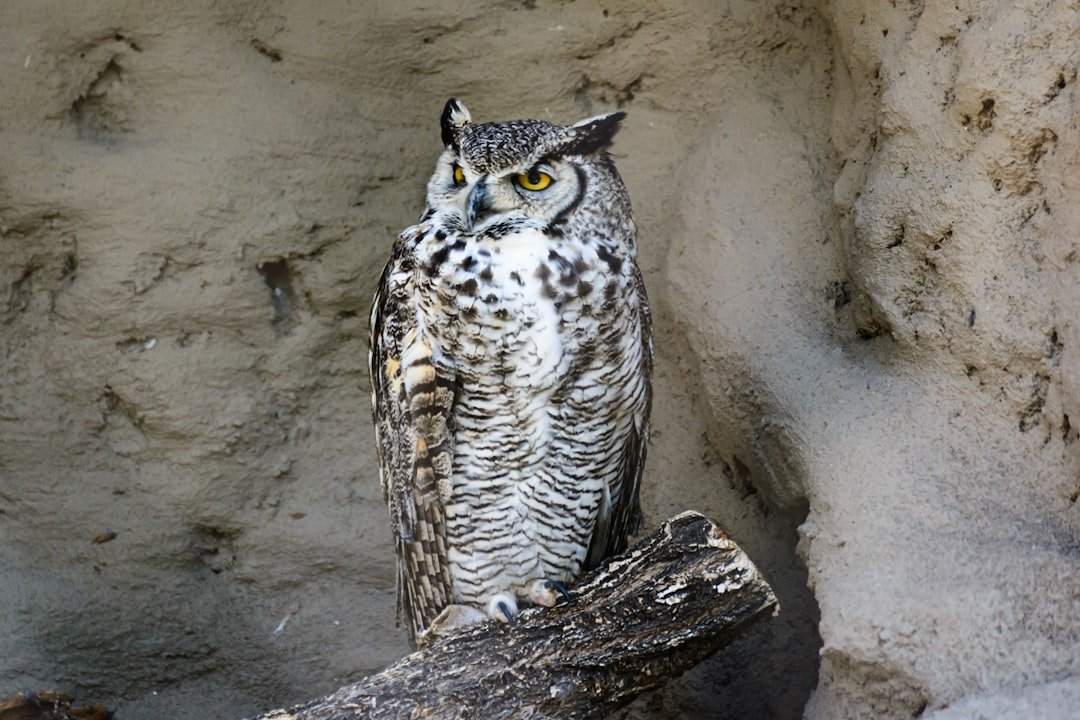
Northern spotted owl populations experienced significant declines of 6–9% annually on 6 study areas and 2–5% annually on 5 other study areas. Annual declines translated to ≤35% of the populations remaining on 7 study areas since 1995. These numbers tell a sobering story that’s unfolding across the misty forests of Washington, Oregon, and northern California.
The owls themselves are quite extraordinary when you see them in person. Standing about seventeen inches tall with distinctive brown plumage marked by white spots, they’ve adapted perfectly to life in the complex canopy layers of old-growth forests. Their four-note hoot echoes through the forest at night, but that haunting call is becoming increasingly rare as their populations continue to plummet despite decades of conservation efforts.
Invaders From the East: The Barred Owl Crisis
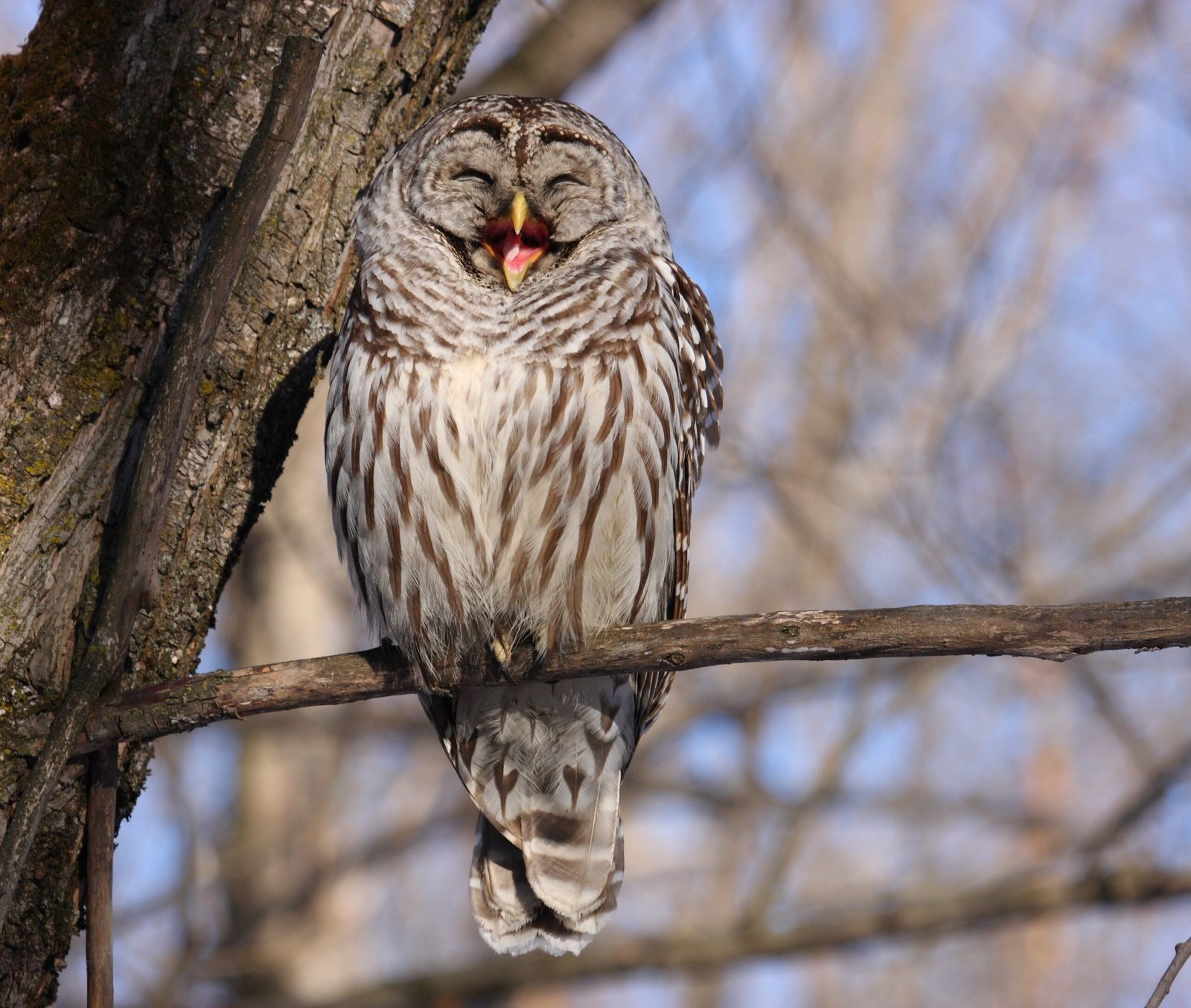
Perhaps the most shocking discovery is that the spotted owl’s greatest threat isn’t coming from chainsaws or bulldozers anymore. Barred owl presence on spotted owl territories was the primary factor negatively affecting apparent survival, recruitment, and ultimately, rates of population change. These eastern North American natives have invaded Pacific Northwest forests in what scientists now consider one of the most dramatic examples of species displacement in modern wildlife history.
Barred owls are larger, more aggressive, and more adaptable than northern spotted owls. They displace spotted owls, disrupt their nesting, and outcompete spotted owls for food. It’s like watching a heavyweight boxer move into a lightweight’s territory – the spotted owls simply can’t compete with their larger, more adaptable cousins who arrived uninvited from across the continent.
When Removing the Competition Actually Works
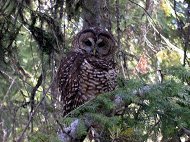
In a controversial move that has sparked intense debate among conservationists, scientists conducted experiments removing barred owls from spotted owl territories. A 17-year study in Oregon, Washington and California found that removal of invasive barred owls arrested the population decline of the northern spotted owl. The new research showed that barred owl removal had a strong, positive effect on survival and population trends of spotted owls that was consistent across all five study areas.
This research has created an ethical dilemma that keeps wildlife managers awake at night. How do you save one species by killing another? The barred owls aren’t inherently evil – they’re simply following their natural instincts in a landscape that human activities have made accessible to them. Yet their presence threatens to erase millions of years of evolutionary adaptation that created the spotted owl.
The Forest That Time Built
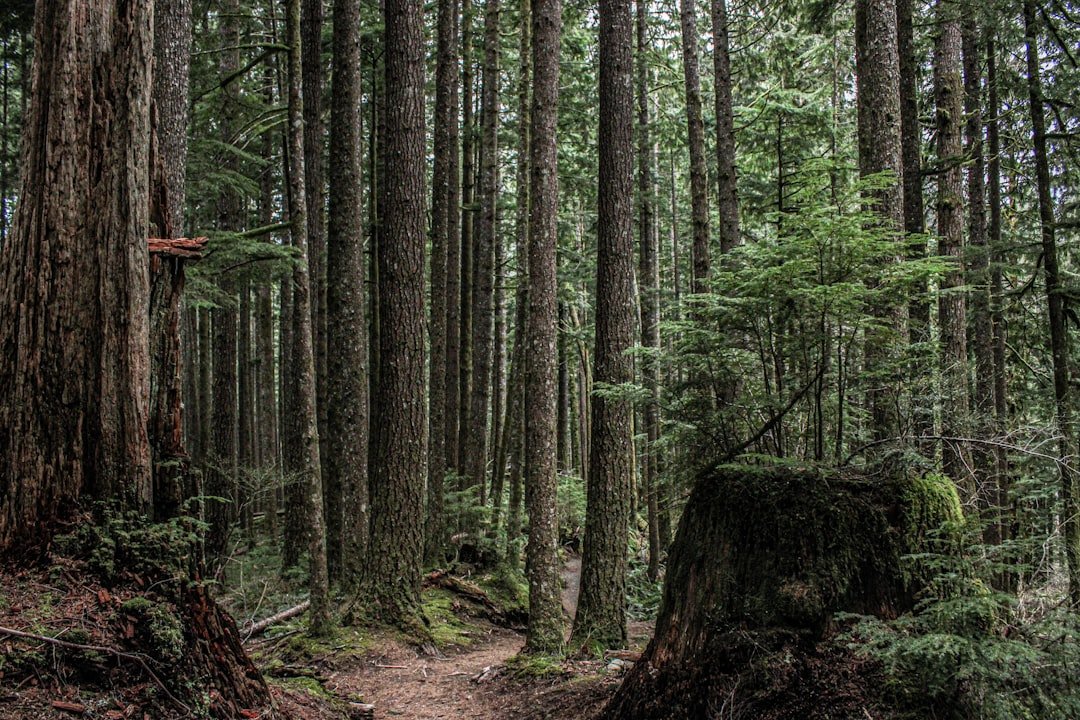
In the Pacific Northwest, the most common type of old-growth ecosystem is forests dominated by Douglas-firs and western hemlocks, generally 350 to 750 years old. The youngest old-growth forests are 200 years old, and the oldest are about 1,000 years old. These aren’t just old trees – they’re entire worlds that have developed complex relationships over centuries.
The branches of these big trees are accumulating mosses and lichens for decades, centuries. There are entire ecosystems we can’t see. You can have an amphibian at the top of the Doug fir, living its entire life on a branch. You can have a single tree vole that’s staked out a single tree as its territory. You can have a marbled murrelet, a threatened seabird, nesting in lichen in a notch at the top of the canopy.
The Greatest Carbon Vault on Earth
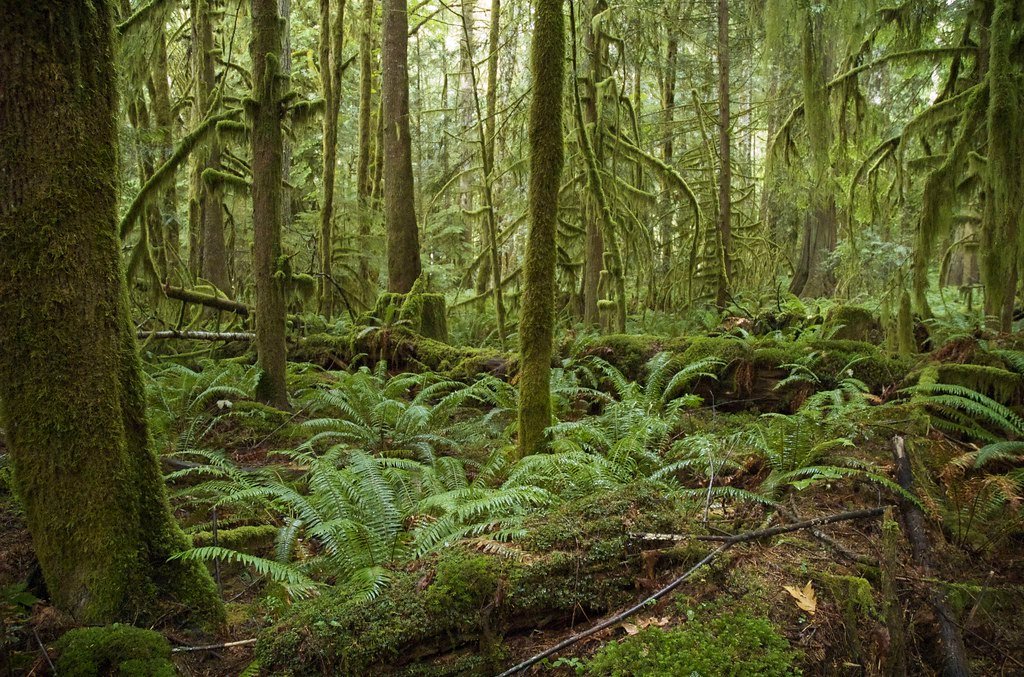
The old-growth forests of the Pacific Northwest aren’t just beautiful – they’re climate superheroes. The Pacific Northwest’s temperate rainforests are among the greatest biomass stores per acre of any ecosystem on Earth! Forests in Oregon, Washington and California store 20.5 billion metric tons of carbon. That is 39 percent of total forest carbon in the U.S. and close to two percent of carbon stored in world forests.
Think about that for a moment – these forests, covering just a tiny fraction of Earth’s surface, store nearly two percent of all the world’s forest carbon. When these ancient giants are cut down or burned, centuries of stored carbon is released back into the atmosphere, contributing to the very climate change that’s making wildfires more frequent and severe.
Fire in a Changing Climate
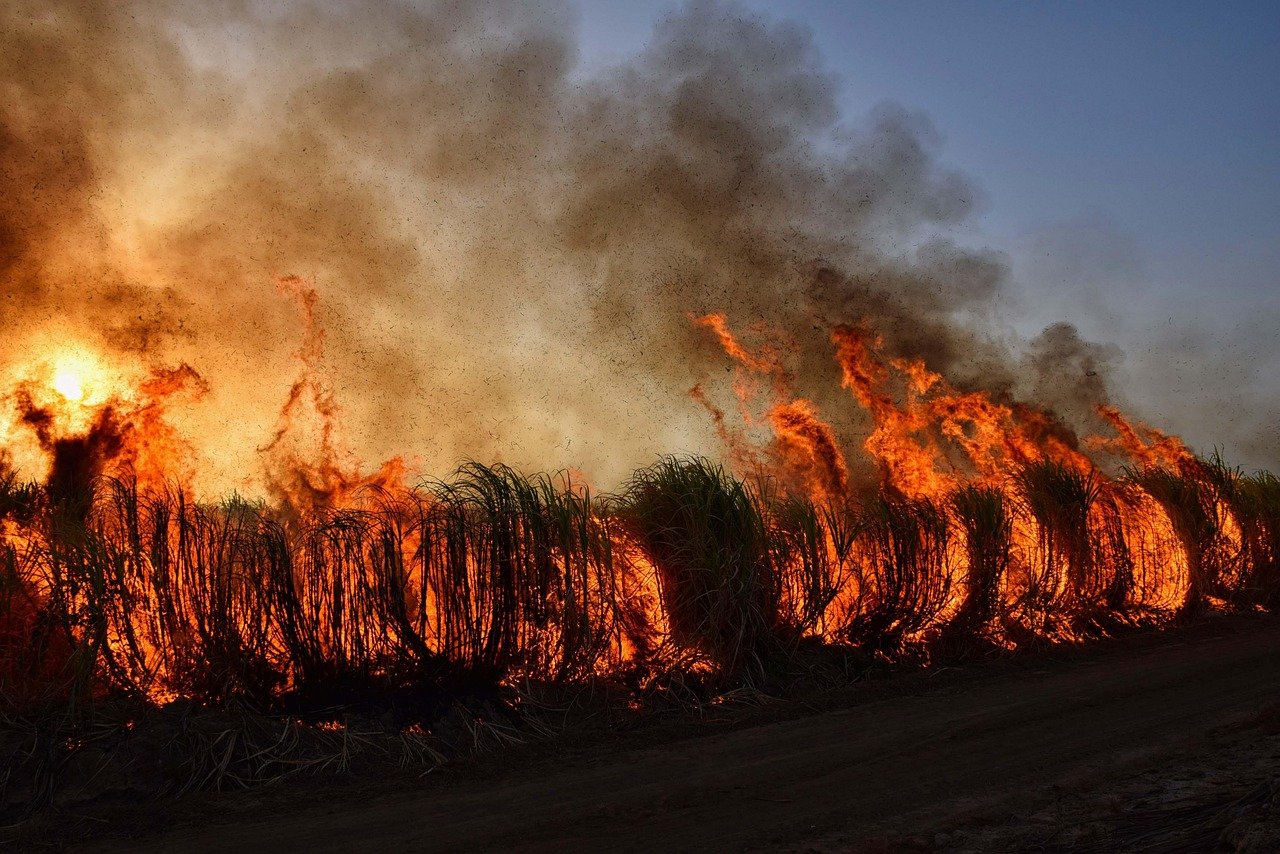
Large and severe fires in the Pacific Northwest are associated with warm and dry conditions, and such conditions will likely occur with increasing frequency in a warming climate. The relationship between fire and these forests is becoming increasingly complicated as climate change accelerates.
Climate change will accentuate dry summers, and Northwest climate will become more similar to current-day California climate, leading to more and bigger fires. Scientists are watching nervously as fire seasons grow longer and more intense, threatening forests that historically experienced fire only rarely. Some areas are burning repeatedly – something almost unheard of in these ecosystems until recently.
When Restoration Meets Reality

Scientists are evaluating 15 years of forest management at TNC’s Ellsworth Creek Preserve to inform large-scale restoration efforts. Through this work, researchers learned two important lessons: (1) more time and monitoring may be needed to fully understand the effects of restoration treatments, and (2) a “one and done” approach of implementing restoration treatments may not achieve a full suite of old-growth characteristics.
Trying to recreate a 500-year-old forest is like attempting to rebuild a medieval cathedral with modern tools – you can get some of the basic structure right, but the intricate details that took centuries to develop are incredibly difficult to replicate. The challenge is enormous, but so is the potential reward for future generations.
The Vanishing Giant Trees
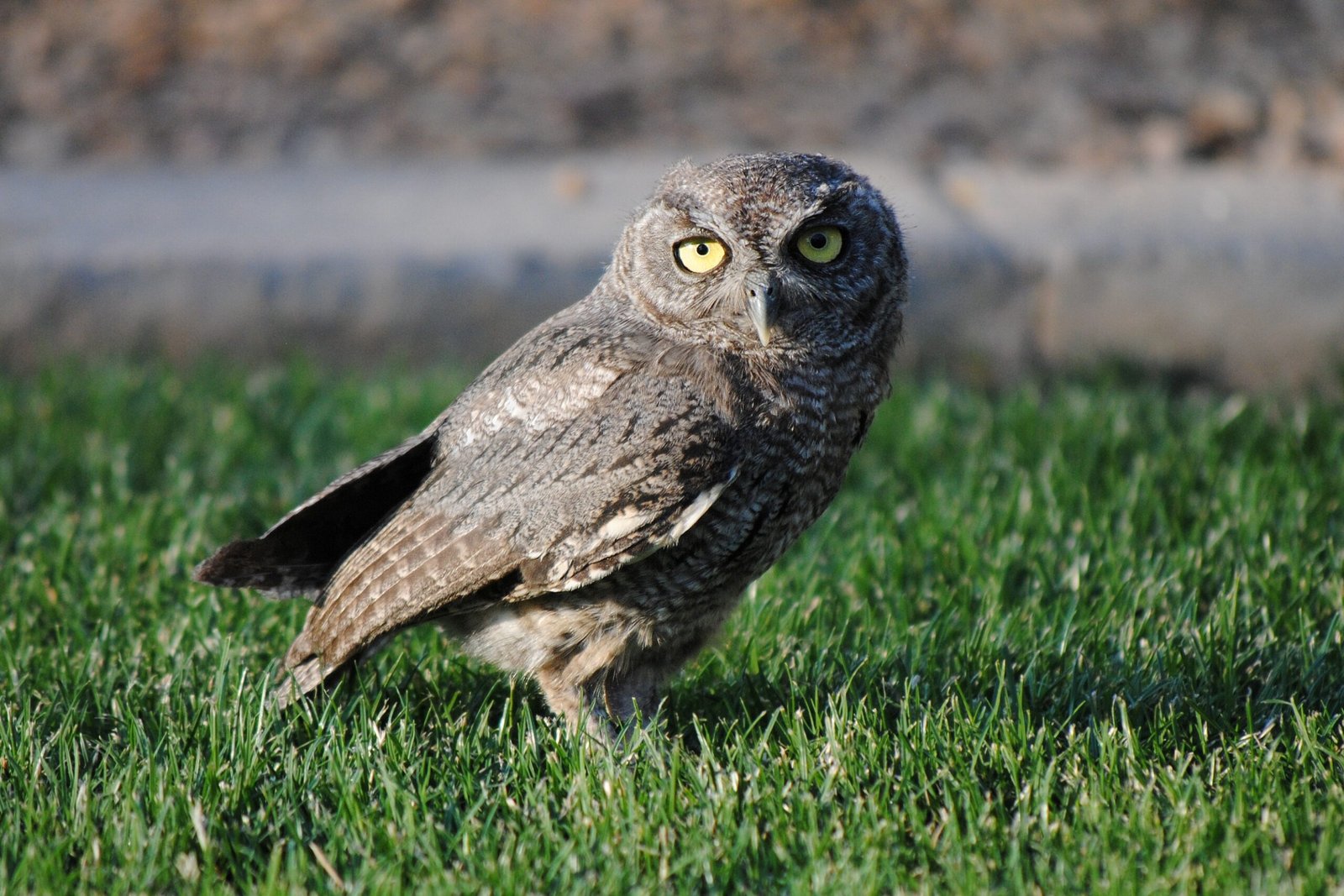
The historical extent of old-growth forest in the Pacific Northwest was roughly two-thirds (16,672,976 ha) of the total land area. Since the time of European settlement, approximately 72% of the original old-growth conifer forest has been lost, largely through logging and other developments.
Walking through one of these ancient forests today is like visiting a museum of giants. The enormous, ancient trees that live here are among the tallest, widest, oldest, and most massive in the world, with individual lifespans reaching 500 to 2,000 years. Some of these trees were alive when the Roman Empire was thriving, yet we’ve managed to eliminate nearly three-quarters of their habitat in just 150 years.
The Spotted Owl’s Ecosystem Partners
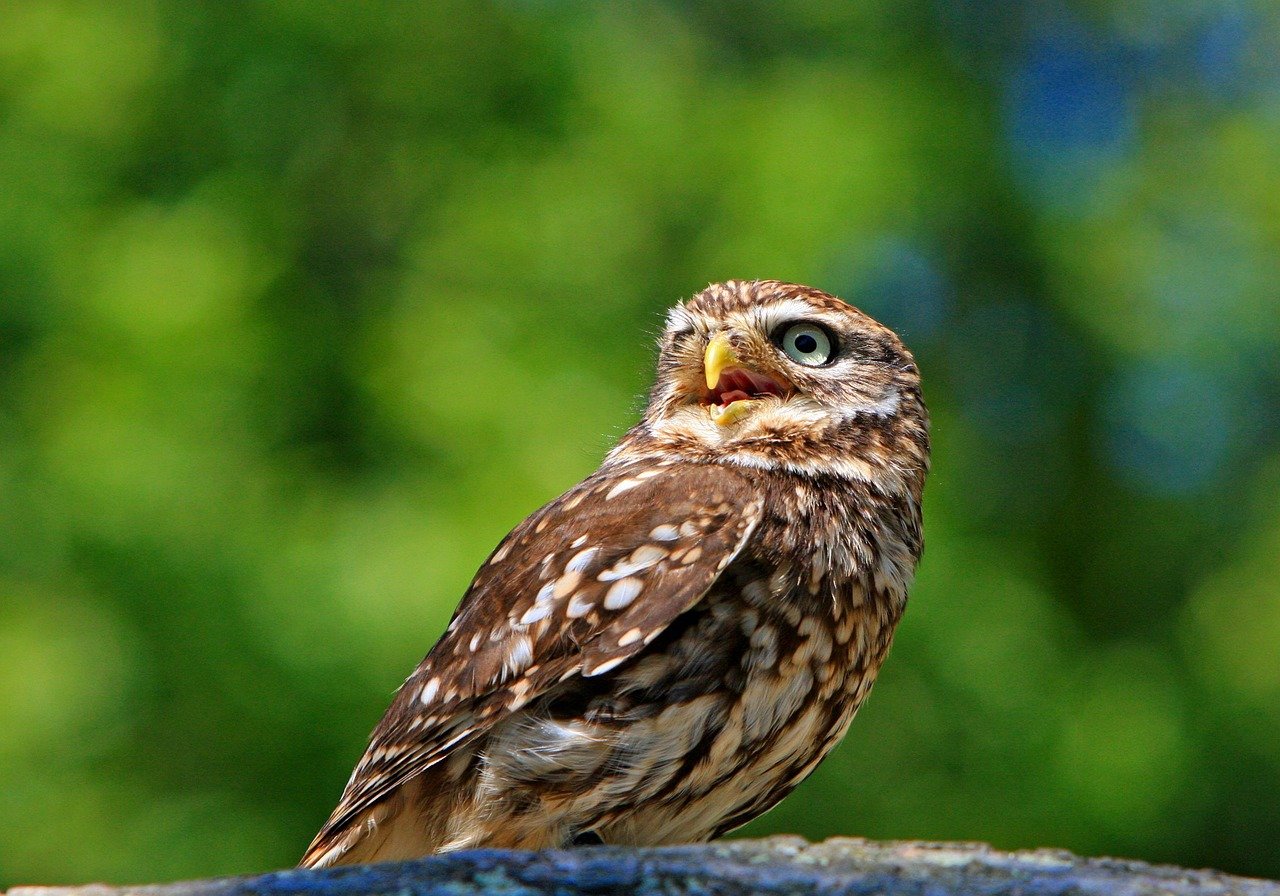
The story of declining forests isn’t just about owls. Hundreds of rare wildlife species, including the marbled murrelet, Pacific fisher, and the northern spotted owl need old forests to survive. These forests support an incredible web of relationships that scientists are still discovering.
One of the greatest examples is the relationship between salmon and trees. Salmon are fundamental to the health of forest ecosystems in the Pacific Northwest. As they return home to spawn and die, they bring with them a large pulse of nutrients that helps drive stream and forest ecosystems. By absorbing the nutrients from decaying fish, researchers have found that salmon actually provide nitrogen to trees, which is a limited nutrient in forest ecosystems.
Hope in the Canopy

Despite the grim statistics, scientists continue to make discoveries that offer hope for the future. New research techniques are revealing previously unknown connections between forest species, and adaptive management strategies are showing promise in some areas. Restoration treatments are positively correlated with the development of key old-growth forest indicators – larger trees, more complex forest structures, reduced tree density, and increased understory plant richness.
The work is painstaking and requires patience measured in decades rather than years. But every small success brings scientists closer to understanding how to help these magnificent ecosystems survive in a rapidly changing world. The northern spotted owl remains a powerful symbol of what we stand to lose – and what we might still be able to save.
Conclusion
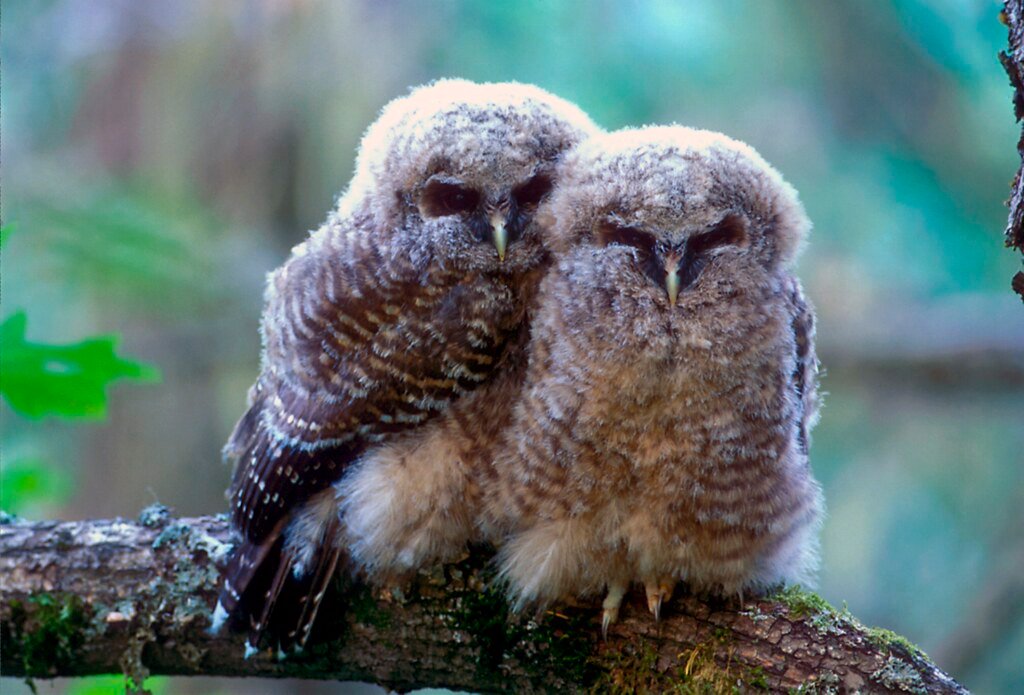
The fate of the northern spotted owl and the ancient forests of the Pacific Northwest hangs in the balance as scientists race to understand and address the complex web of threats facing these extraordinary ecosystems. From invasive barred owls to climate-driven wildfires, from habitat restoration challenges to carbon storage imperatives, the story unfolding in these misty forests has implications far beyond their borders. What we’re learning from these owls and their disappearing habitat isn’t just about conservation – it’s about our ability to maintain the delicate relationships that sustain life on Earth.
What would happen if these ancient forests disappeared entirely, taking with them centuries of ecological wisdom we’re only beginning to understand?




